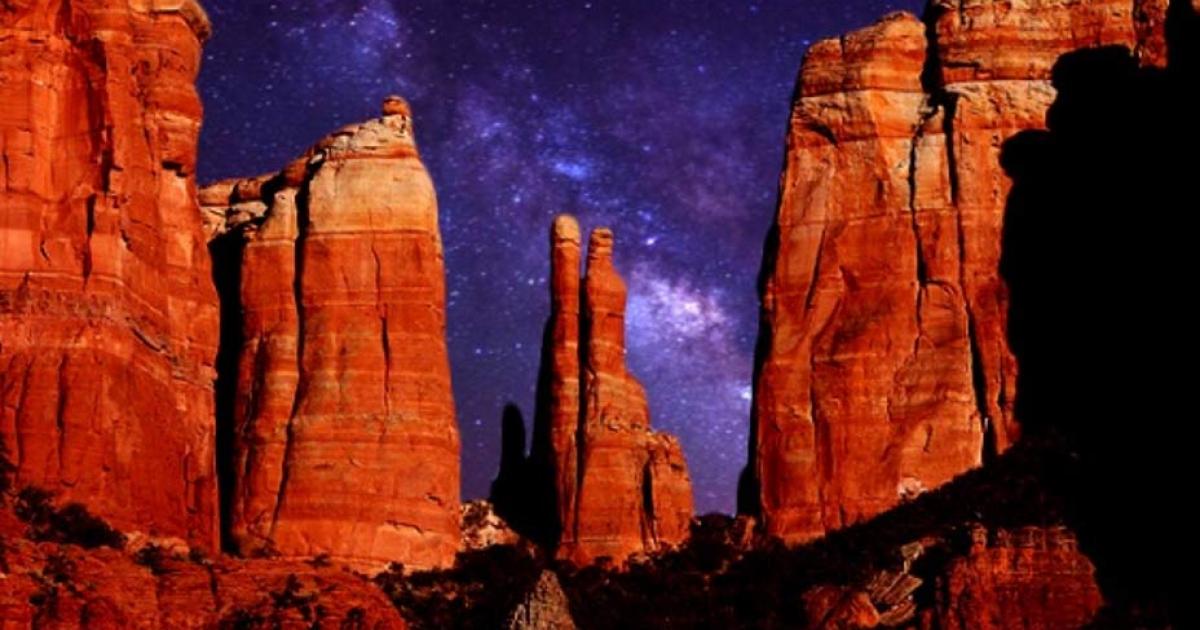
A legend among the Hopis states that there was once a great temple city of wisdom built by the Star People, the Kachinas. Many of the Hopi clans visited this city during their respective migrations throughout the Americas and later shared stories of it when all the clans reunited at their final destination on the Hopi Mesas. This mysterious city, known as Palatkwapi, the “Red House,” was where the Star People taught important rituals and secrets of the universe that are still enacted and honored by the clans.
Over the last one hundred years there has been much speculation regarding the location of Palatkwapi. An abundance of ethnographers have located Palatkwapi in the Sedona-Verde Valley region, but there have also been other academics who have placed it much further south. Most everyone agrees, however, that the City of the Star People was someplace south of the Hopi Mesas. One Hopi legend of the Patki or Water Clan recounted by ethnographer Alexander M. Stephen in Hopi Journey states: “...no one knows just where the Red Land is, but it is someplace in the far southwest [of Hopiland].” Distance is, of course, relative, especially when you are traveling by foot.
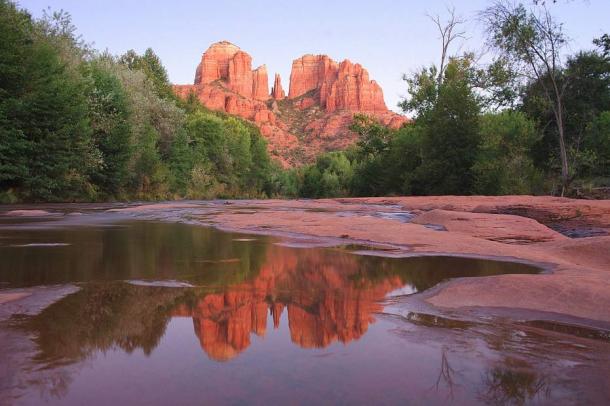
The striking red stone of Cathedral Rock, Sedona, Arizona. (CC BY 2.0)
Some researchers claim that Palatkwapi was Palenque in the Yucatan Peninsula of Mexico, which is not to the southwest of Hopiland. Outside of having once possessed buildings painted red, this jungle city seems to contradict many of the known facts regarding the “Red House.” For example, one of the definitive Hopi legends regarding Palatkwapi maintains that the city was surrounded by “high walls,” and that the city’s name “seems to be derived from a high bluff of red stone.” There are no high bluffs of red stone in Palenque, nor was its temple compound completely destroyed by an ancient deluge. If there was a major deluge in the city’s past it is recorded in the “Maya Flood Myth,” which is, however, an astronomical event depicted on its temple walls. Moreover, Palatkwapi’s destruction began with the burning of the pine forest surrounding it and Palenque is in the middle of a sweltering tropical jungle consisting of cedar, mahogany, and sapodilla trees. And if Palatkwapi is linked to the Mayan city of Palenque simply because of the similarity between their names, let it be known that Palenque is not the city’s original name.
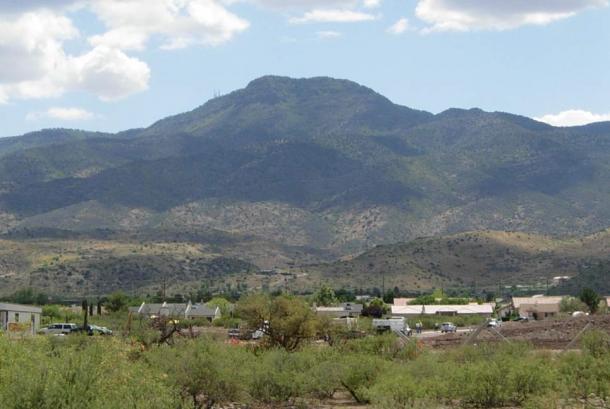
Mingus Mountain, Verde Valley, Arizona. (CC BY-SA 3.0)
Its original Mayan name was Lakamha, meaning “Big Water.” Palenque is a Spanish name given it by the Conquistadors meaning “Fortified Place.” By contrast, Sedona and the Verde Valley possess almost all the characteristics that are ascribed to Palatkwapi, and this is why the most renowned Hopi historian and ethnographer, Jesse Walter Fewkes, conclusively identified it as the location of the ancient holy city. Fewkes was so convinced of his identification that he was prompted to name one of the most heavily petroglyph-adorned Hopi ruins in the Sedona area Palatki, which is a shortened version of Palatkwapi.
- The Ant People of the Hopi
- The Gods of the Hopi and the dance of the Kachinas
- Mirrors of Orion: Star Knowledge of the Ancient World – An Introduction
One difficulty in assigning a definite location for Palatkwapi are the many recorded land routes to it. This is the result of the various Hopi clans having arrived at the Red House via divergent pathways during their migrations. However, the routes taken by most of the clans when they left Palatkwapi and traveled north to the Hopi Mesas are very consistent and in many cases identical. It is this common route that has allowed ethnographers to definitively locate ancient Palatkwapi as the Sedona-Verde Valley area. In fact, this route still exists today and is known as the Palatkwapi Trail.
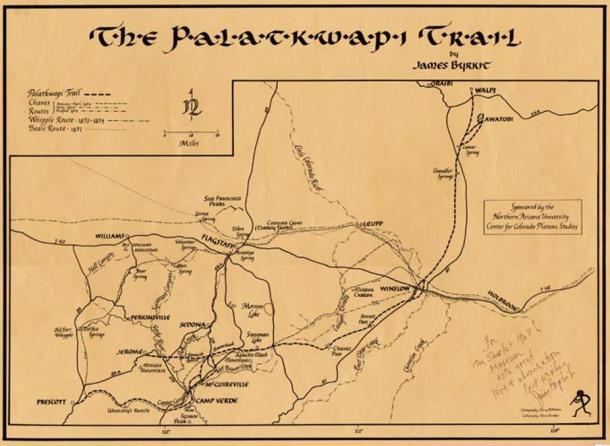
After closely studying the routes taken by 30 different clans after leaving Palatkwapi and traveling to the Hopi Mesas, Jesse Fewkes and other ethnographers synthesized a “universal route.” This universal route is fully delineated in The Fourth World of the Hopis by Harold Courlander. An abridged version of it, complete with northern Arizona place names, is presented below:
The clans that went north from Palatkwapi [Sedona-Verde Valley] stopped at one place and another, building winter villages, and then moving on. It is said that they settled at a place called Kunchalpi for some years. There they rested and grew their blue corn. Old people died and children were born, and thus in time there were many for whom Palatkwapi was only a word in the mouths of the grandfathers. But one night there was a bright shooting star in the northeastern sky, and it was taken as a sign that the migration should be resumed. So the people abandoned Kunchalpi and travelled again, drifting a little to the east, until they came to a site they named Hohokyam. There they settled again, planting their fields and resting from the journey. After many years they departed from Hohokyam and moved to another place, Neuvakwiotaka, which is now known as Chavez Pass, and there they remained for a long time. And later on, after many harvests at Neuvakwiotaka, they went on until they came to the little Colorado River near where the present town of Winslow stands. There they made a settlement that they called Homolovi, Small Mound, consisting of two villages, a larger one and a smaller one. The people of the Water and Sand Clans occupied the smaller village. Sharing the larger village were the Tobacco and Rabbit clans, the Sun Clan, and various others, including the Eagle, Hawk, Turkey, and Moon clans. After a time they were joined by the Badger Clan and a group called the Reed Clan….
After many moons the various clans at Homolovi were attacked by the Apaches, who also decided to move into the area and attacked the people in their fields and took away their crops. In order to protect themselves the clans then invoked the Twin Sons, Palöngawhoya and Pöqánghoya, who then met the Apaches on the battlefield. At first the Apaches laughed at the sight of the two boys, saying “Are there no men left in Homolovi?” Then the warrior brothers slung their heavy stones and killed some of the enemy, whereupon the laughing stopped. The Apaches shot some arrows, but Palöngawhoya and Pöqánghoya moved quickly this way and that and escaped the arrows. After that the Apaches rushed forward, and now each of the brothers took out a lightning arrow and shot it. The Arrows struck with a great flash and a thunderous noise. Many of the enemy lay dead or dying on the ground. Again the Apaches attacked, and again the warrior gods loosed their lightning arrows, and the ground was now covered with corpses. Those Apaches who were still alive fled from the field…
When it became time to resume their migration from Homolovi to the promised land, some of the clans decided to split off and travel north to the San Francisco Peaks and then to Wupatki, finally completing their journey at Oraibi in the Hopi Mesas. Meanwhile, the majority of the clans remained together, journeying first to Little Ruin Mound near Walpi, then to Awatovi, and finally to Oraibi.
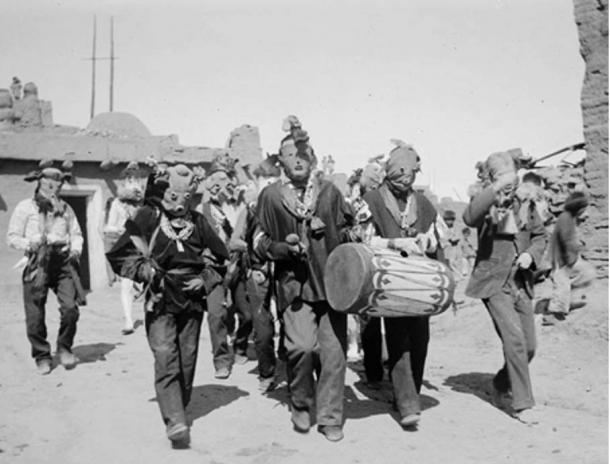
Kachina procession.
Building Palatkwapi
….it was the Kachinas that built Palatkwapi.
As previously mentioned, although the destruction of Palatkwapi appears to coincide with the end of the Third World the period of its initial construction is nearly impossible to pin down.
If, for example, one subscribes to the time periods known as the Hopi Worlds (A “World” is a cycle of time. Historically, there have been Four Worlds) or the Dream Time of the Australian Aborigines, then Palatkwapi could have been constructed as recently as 10,000 years ago or as anciently as a million or more years ago. This is because the “Worlds” and “Dream Time” are very inexact time periods.
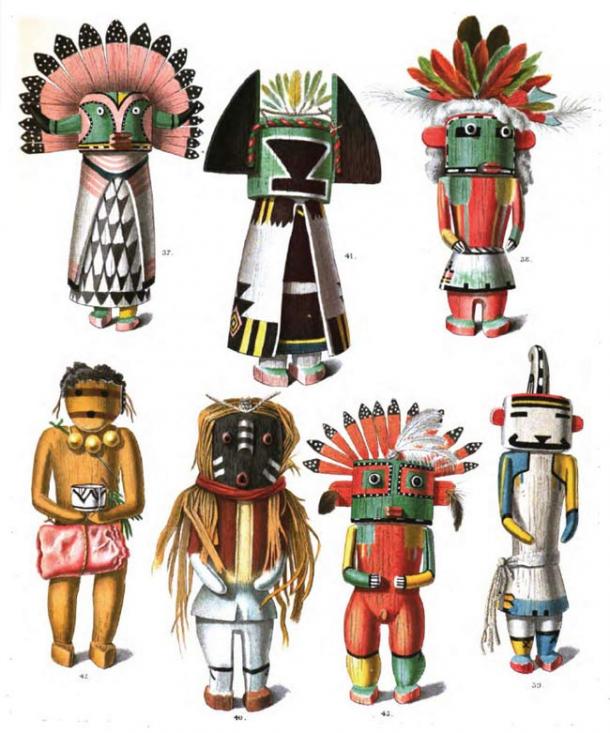
Drawings of Kachina dolls, from an 1894 anthropology book. (Public Domain)
And then there is the question of how the city could have been constructed in the distant past. If the building of the ancient megalithic circles and temples occurred during the time the Hopis refer to as the First or Second Worlds - when humans had their crown chakra wide open and remained in continual communication with the Creator - their designs could have been spontaneously implanted by the Creator into the minds of their builders. The creative “Gods” could have also received some supernatural abilities to build the temples from the same source. While constructing the temples in Sedona these “Gods” would have also been assisted by the natural earth energies of the area. The amplifying vortexual power combined with the iron and crystal-infused particles would have first magnified the thought forms of the “Gods” and then magnetically united the Sedona sand into the solid formations delineated by the builders’ mental blueprints.
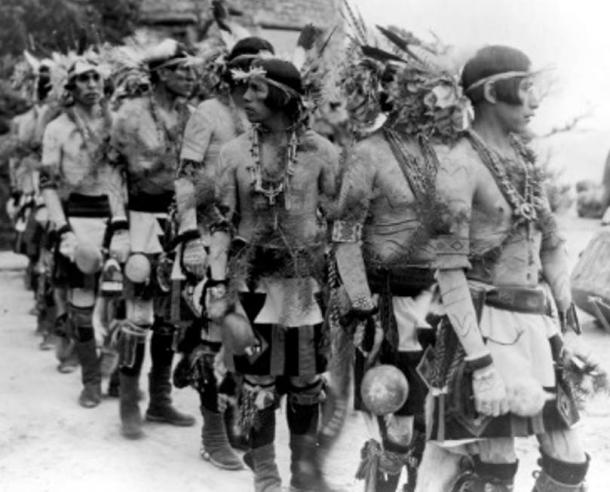
Kachina Dancers.
The extent records of Palatkwapi imply that its original builders were the Kachinas. They also reveal that the city’s initial construction preceded the Fourth World.
- 335 years ago Indians drove out the Spanish out of New Mexico and secured their culture for posterity
- Hopi Prophecy and the End of the Fourth World - Part 1
- Hopi Prophecy and the End of the Fourth World—Part 2
Some Fourth World construction (or reconstruction) is, however, said to have been overseen by the Kachinas and carried out by the Hopis and/or the members of other tribes residing at Palatkwapi. States Waters:
Under the supervision of the Kachinas, Palatkwapi was built in three sections. Completely surrounded by a high wall, the first section was reserved for ceremonial purposes; the second section, adjoining it, contained storage rooms for food; and the third section comprised the living quarters for the people of all clans. Underneath all three sections ran a river.
“The ceremonial section was the most important. There were no kivas then, as there are today, divided to accommodate initiates and ceremonial participants. Instead, there were two buildings, one for the initiates and one for ceremonial purposes. The ceremonial building was four stories high, terraced like the pueblos we see today. The main door opened to the east, and there were two smaller doors facing north and south.”
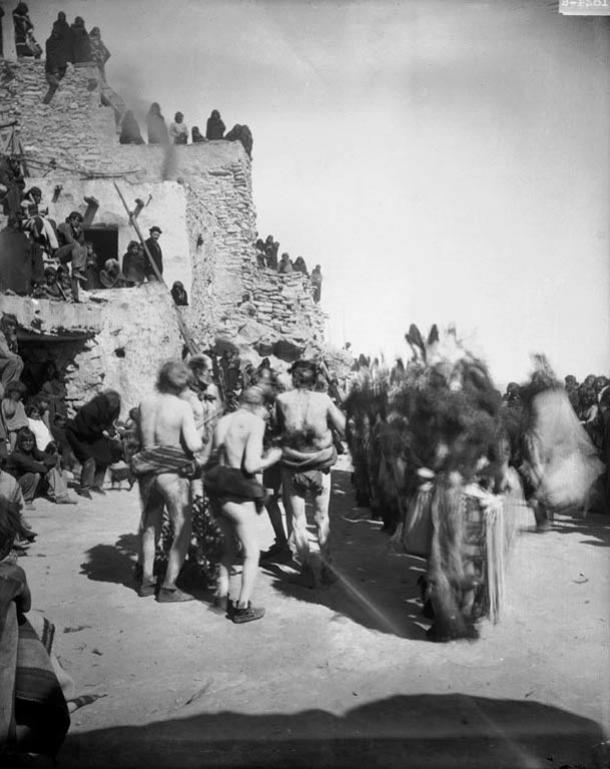
The Kachina.
On the first or ground floor the Kachina people taught the initiates the history and meaning of the three previous worlds and the purpose of the Fourth World to which man had emerged. On the second floor they taught the structure and functions of the human body and that the highest function of the mind was to understand how the great spirit worked within man. The spirits or Kachina people taught this so that the people would not become evil again and this Fourth World be destroyed like the first three.
In the third story initiates were taught the workings of nature and the uses of all kinds of plant life. Although the people were still relatively pure and there was little sickness, some evils would come, bringing resultant illnesses; and for each on there was a plant remedy for the people to remember.
The fourth story was smaller than the three below, making the ceremonial building resemble a pyramid. To this top level were admitted initiates of great conscience who had acquired a deep knowledge of the laws of nature. Here they were taught the workings of the planetary system, how the stars affected the climate, the crops, and man himself. Here too they learned about the “open door” on the top of their heads, how to keep it open, and so converse with their Creator.
(Note: The “open door” or Kopavi, that the Kachinas taught the Hopis about is known in the Hindu occult system as the Sahasrara or Crown Chakra that is situated at the top of the head.)
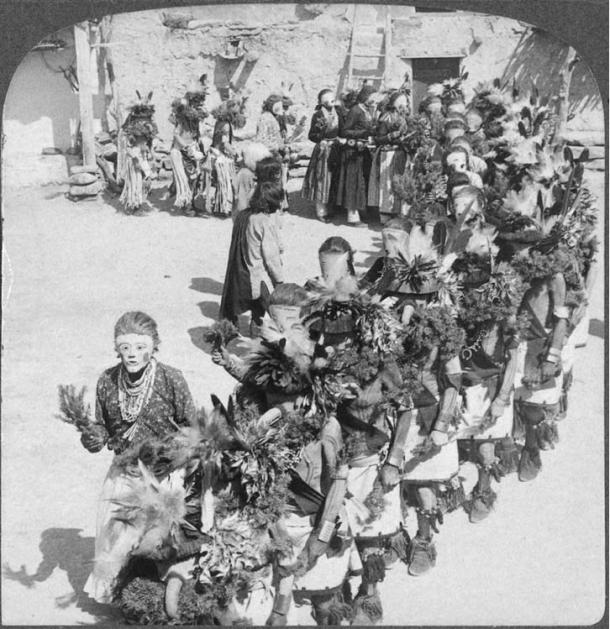
Kachina dancers, Shongopavi pueblo, Arizona, sometime before 1900. (Public Domain)
Excerpted from: Sedona: City of the Star People by Mark Amaru Pinkham, Adventures Unlimited Press 2015
Top Image: Deriv; Cathedral Rock, Sedona, Arizona. (CC BY-SA 3.0) with the Milky Way. (Public Domain)
Unless otherwise noted, images courtesy author, Mark Amaru Pinkham
Updated on January 11, 2022.
References
The Traditions of the Hopi, H.R. Voth 1905
The Fourth World of the Hopis Harold Courlander 1971 University of New Mexico Albuquerque, NM
BOOK OF THE HOPI Frank Waters 1977 Penguin Books NYC



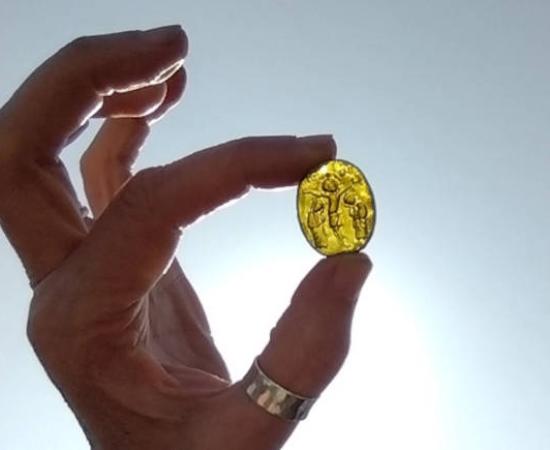
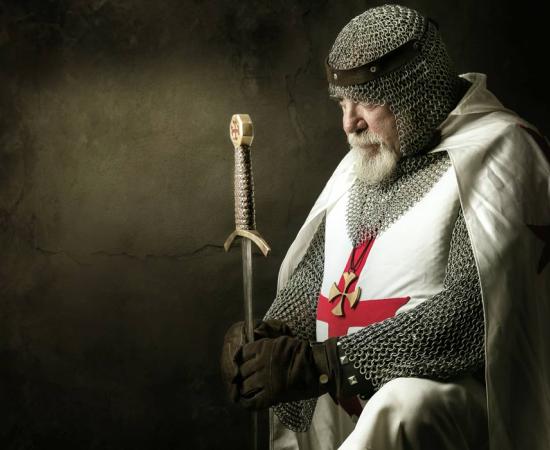
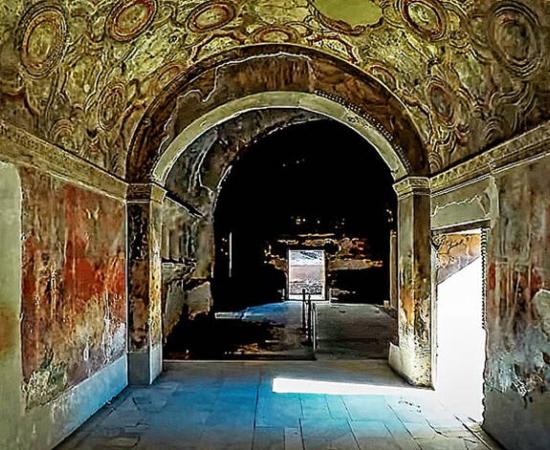
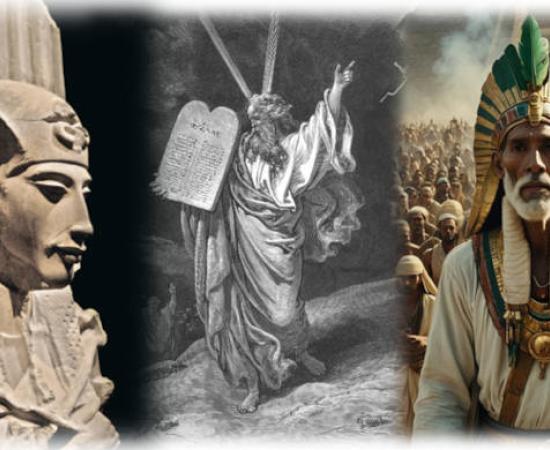
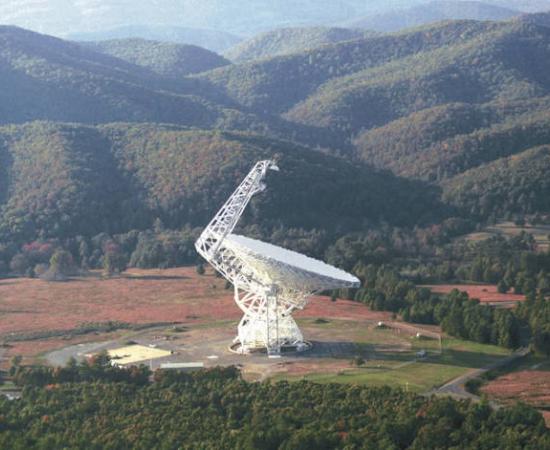
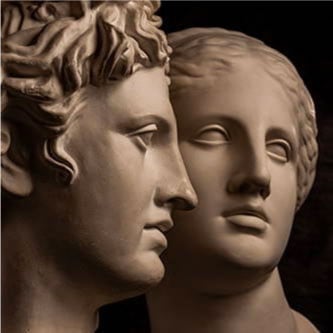
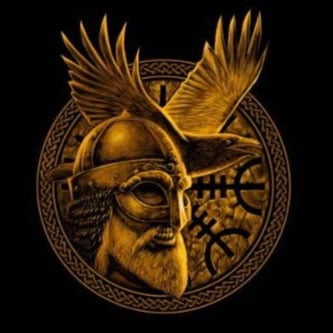
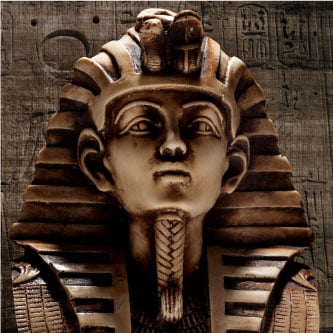





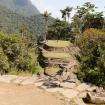
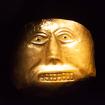
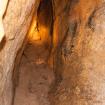
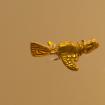

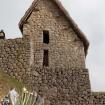
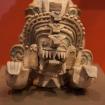


Patakwapi - Sedona article
Permalink
I always find it humorous and a little sad that "ethnographers" declare their opinion as truth while totally ignoring the teachings of the Five Hopi Elders that were the only ones authorized to speak what was allowed to be taught to the outside world. The Hopi stories of the migration and the Original Instructions have been handed down word perfect in the kivas and ceremonies for hundreds of years. If there is even one word changed the entire process starts over again and so it is unchanged. Jesse Fewkes was not the one chosen by the Hopi Elders to speak for them. Frank Waters was the man they chose. All five Hopi Elders living at the time signed authorizations that Frank Waters was the only one that they would allow to publish the limited amount of knowledge they were authorized to give. These five Elders also signed off on the book he wrote before it was allowed to be published. GO DIRECTLY TO THE SOURCE instead of engaging in speculation from academics who do not have a clue as to the real knowledge.
Why not write it down though?
Permalink
In reply to Patakwapi - Sedona article by Julie Ryder (not verified)
Why not write it down though?
Suspicious.
Palatkwapi-Sedona
Permalink
Hi All,
All I'm sharing about I recently watched A ytube Video I was seeking stories about The Giant Race, happily for me I found such a video on ytube about The Origins of Those Race of Giant's.
For me it was somewhat The First Time I'd heard about The Star People. I know now from reading this article The Hopis referred to Then as Kachinas. The individual in The Video who is of Indigenous People shared a bit of Astronomy.
He explained between The Seven Sister's which in Astronomy knows as Pleiades Constellation; from The Warrior's Belt referred to in Astronomy as Orion's Belt came The Star People.
Arriving on Earth these Star People made themselves out to be gods. The Star People's goal however, seemed to be Earth's Women, they took the Women they violated The Women conceived Children by those Women who then gave birth too The Race of Giant's tragically many of The Women died because of those Birth's to the Giant's.
I do remember the video mentioning that the Star People preceded too teach Earth's Inhabitants Astronomy and Secrets of Heaven. The only question, I've been left with is whether are not other Culture's use the term Star People?
This is all I wished to address about The Star People, so until next time Everyone, Goodbye!
Twinkle Little Star
Permalink
There customs are almost identical to the Dogon...